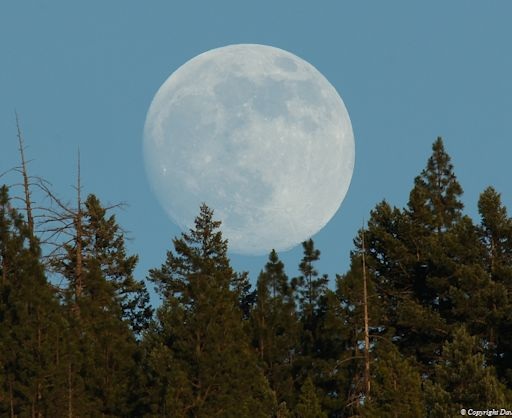The scientific term for the phenomenon is "perigee moon." Full Moons vary in size because of the oval shape of the Moon's orbit. The Moon follows an elliptical path around Earth with one side ("perigee") about 50,000 km closer than the other ("apogee"). Full Moons that occur on the perigee side of the Moon's orbit seem extra big and bright.
On June 23rd, the Moon becomes full at 11:34 UT, only 23 minutes after it reaches perigee. This near-perfect coincidence makes the Moon "super."
It's true that a perigee full Moon brings with it extra-high "perigean tides," but according to the National Oceanic and Atmospheric Administration this is nothing to worry about. In most places, lunar gravity at perigee pulls tide waters only a few centimeters (an inch or so) higher than usual. Local geography can amplify the effect to about 15 centimeters (six inches)--not exactly a great flood.
In other words, don't worry. Just enjoy the super moonlight. www.spaceweather.com

 RSS Feed
RSS Feed